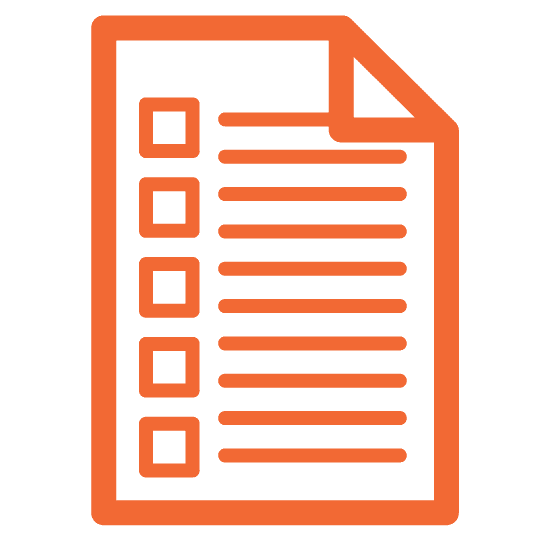HOW TO BUY A HOME
Buying a home-whether you are upsizing, downsizing or investing-can be very stressful. There can be lots of unexpected expenses and twists and turns. Being informed, patient and prepared helps the process go more smoothly. You can also learn more about Buying a Home in our Learning Center.
We want to help you reach your savings goals. Let’s get started! Contact one of our North Shore Trust and Savings team members or stop by one of our convenient locations today.

SAVING FOR YOUR DOWN PAYMENT
The very first step in buying a home is saving for your down payment. Depending on your other monthly expenses, this process can take months or years. Many mortgage lenders require a down payment of 20% of the total purchase price. If you aren’t able to put 20% down, you can likely still obtain financing. However, it will result in private mortgage insurance (PMI) which is an extra fee paid every month and is not applied to the principal.

MORTGAGE PRE-APPROVAL
Once you have savings in place, you will need to get pre-approved for a mortgage. This is done by working with a North Shore Trust loan officer and submitting documentation of work history, credit history and monthly income. Our team will partner with you throughout the process, from pre-approval through selecting the best program and interest rate. You’re in good hands with our mortgage lending team.

FIND A REALTOR
Now that you’re pre-approved, it’s time to find a good Realtor. An effective Realtor will always have your interests at heart and will work diligently to find the property that best meets your needs and your budget. A Realtor has training, industry knowledge and connections; be sure to ask questions and take your time in deciding which home or property is right for you.

LOOK FOR AVAILABLE PROPERTIES
When you have selected a Realtor, you can begin to look at available properties. Factors to consider include your desired neighborhood, nearby schools, shopping and transportation. Do you enjoy DIY projects? If so, a fixer-upper may be the best option. Are you constantly busy with kids’ activities? A move-in ready home will probably work better for you. Again, take your time. Location is the one thing you can’t change, so keep that in mind when looking.

SUBMIT A COMPETITIVE OFFER
When you do find “the” property, you and your Realtor will work together to submit a competitive offer. An Offer to Purchase will include terms of your mortgage, a deposit of earnest money, details on any testing you want performed and any contingencies that you have. This can be a nerve-racking time, especially if the sellers receive multiple offers. Rely on your needs and on your Realtor to make the best offer possible. Don’t forget your budget, though!

GET A HOME INSPECTION
Congratulations! Once your offer has been accepted, it’s time to get started on inspection. A home inspection is another essential piece of the process. A reputable home inspector will spend approximately two hours inside and outside the house. The inspector will be looking for issues with windows, floors, roofs, basements and electrical, just to name a few. Once they have completed the report, you can review the findings to see if any larger issues can be resolved. If the inspection reveals major problems, you can request that the seller fix them, reduce the price, or even cancel the contract.

CLOSING ON YOUR HOME
Home stretch! Once the inspection has been completed and any issues have been resolved, you will move on to the closing process. Signing documents as a buyer does take some time, but you will receive a copy of the estimated closing costs beforehand. Your Realtor will likely accompany you to the closing, which typically occurs at a local title company office.

WELCOME HOME!
Once you have officially closed on the property, you’ll receive the keys. Welcome home!









